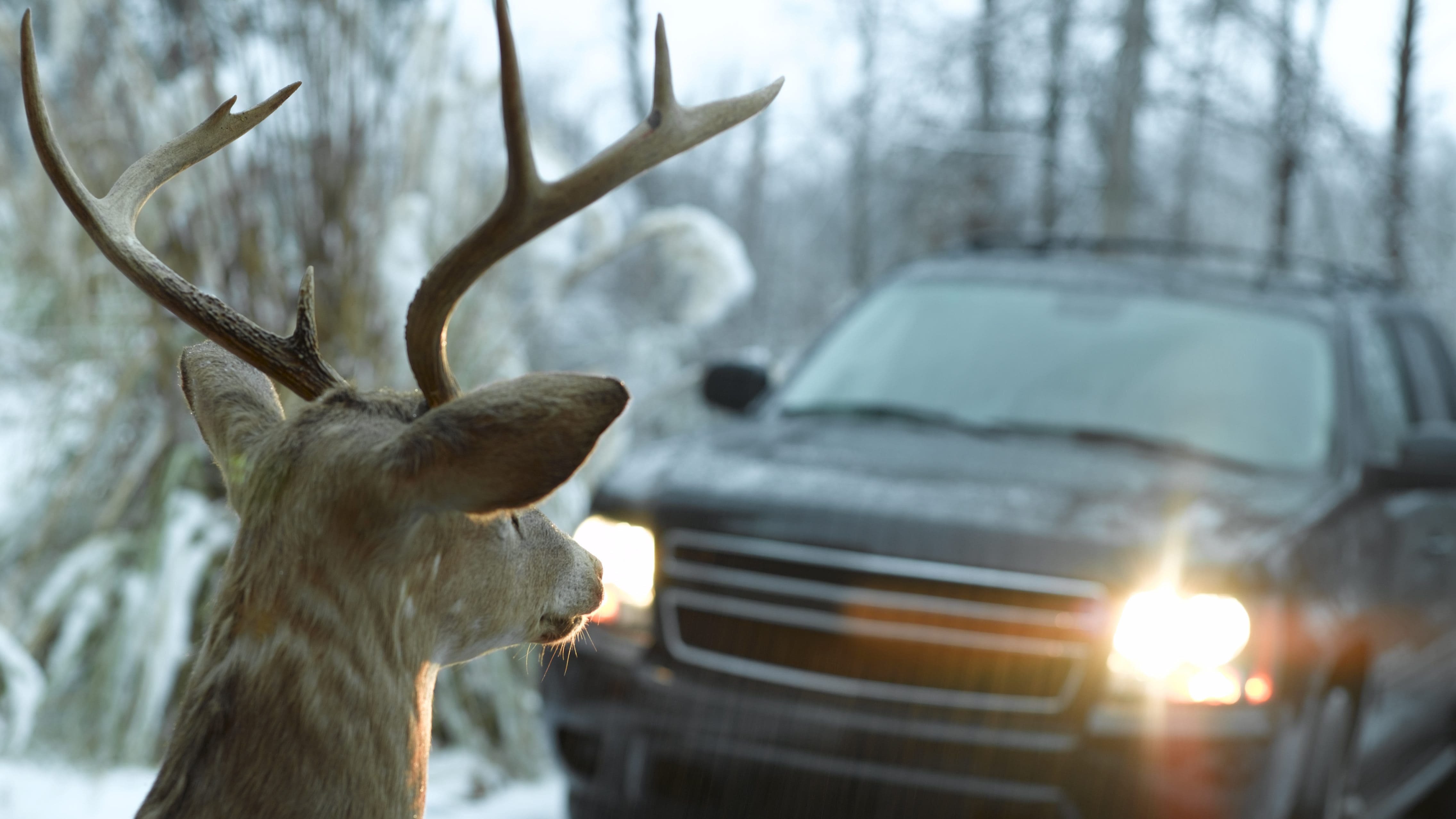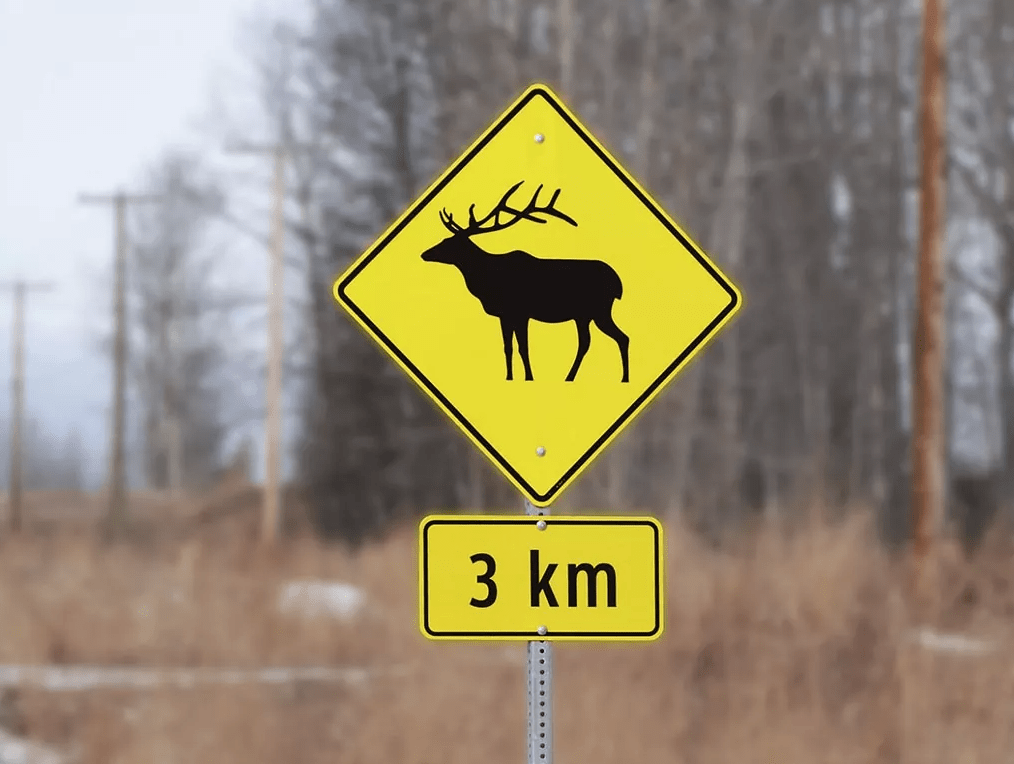Wildlife Collision Car Accidents
Whether you've been injured in an accident, are dealing with a personal injury claim, or facing another legal issue, Mendez & Sanchez APC is here to fight for you. Contact us today for a free, no-obligation consultation.
Call Us Now
Car accidents involving wildlife, such as deer, elk, or other animals, can cause serious damage to vehicles, injuries to drivers and passengers, and harm to the wildlife. Wildlife collisions are a significant road safety concern in many regions, especially in rural areas where wildlife populations are abundant. Understanding the risks associated with wildlife collision car accidents and implementing effective mitigation strategies can help reduce the occurrence and severity of such accidents. In this article, we will delve into the topic of wildlife collision car accidents, including the causes, impacts, and mitigation strategies, to provide comprehensive insights into this topic.
Causes of Wildlife Collision Car Accidents:
Wildlife collision car accidents can occur for various reasons, and understanding the underlying causes is essential for developing effective mitigation strategies. Some of the main causes of wildlife collision car accidents include:
- Habitat Fragmentation: Urbanization and expanding road networks have resulted in habitat fragmentation, leading to increased wildlife movement and crossing of roads. As wildlife populations are forced to navigate through fragmented habitats, their chances of encountering vehicles on roads increase, resulting in a higher risk of collisions.
- Wildlife Behavior: Wildlife, such as deer, are known to exhibit certain behaviors that can increase the risk of collisions. For example, deer are most active during dusk and dawn, which coincides with peak traffic times, making them more likely to cross roads during these hours.
- Lack of Wildlife Warning Systems: Many roads, especially in rural areas, lack adequate wildlife warning systems, such as signage or fencing, to alert drivers to potential wildlife crossings. This can result in drivers being caught off-guard and unable to react in time to avoid collisions.
- Road Design: Road design features, such as road curvature, vegetation along road shoulders, or lack of adequate lighting, can influence wildlife behavior and increase the risk of collisions. For example, roads with sharp curves or dense vegetation can limit visibility, making it harder for drivers to detect wildlife crossing the road.
- Human Factors: Human factors, such as speeding, distracted driving, or impaired driving, can also contribute to wildlife collision car accidents. Drivers who are not attentive or are driving at excessive speeds may have reduced reaction time to avoid collisions with wildlife on the road.

Impacts of Wildlife Collision Car Accidents:
Wildlife collision car accidents can have significant impacts on various stakeholders, including drivers, passengers, wildlife, and the environment. Some of the main impacts of wildlife collision car accidents include:
- Human Injuries and Fatalities: Wildlife collision car accidents can result in injuries or fatalities to drivers and passengers. Collisions with large animals, such as deer or elk, can cause significant damage to vehicles and result in severe injuries or even death to occupants.
- Vehicle Damage and Repair Costs: Wildlife collisions can cause extensive damage to vehicles, including damage to the body, windows, and mechanical components. Repairing the damage can be costly and result in increased insurance claims and premiums for drivers.
- Wildlife Mortality and Injuries: Wildlife populations can also suffer as a result of wildlife collision car accidents. Collisions with vehicles can cause injuries or fatalities to wildlife, leading to population declines, disruption of ecosystems, and loss of biodiversity.
- Environmental Impacts: Wildlife collision car accidents can have environmental impacts as well. For example, carcasses of wildlife killed in collisions can attract scavengers, leading to potential spread of diseases or disruption of natural ecological processes.
Preventing Wildlife Collision Car Accidents
Preventing wildlife collision car accidents requires a multi-pronged approach that involves both drivers and policymakers. Here are some ways to prevent wildlife collision car accidents:
- Be Alert: Drivers should be alert and aware of their surroundings when driving, especially in areas where wildlife is known to be present. Look for signs of wildlife, such as tracks, droppings, or reflector posts, and slow down if necessary.
- Reduce Speed: Speeding is a major cause of wildlife collision car accidents, so reducing speed can help prevent these accidents. Drivers should be especially careful in areas where wildlife is known to be present, and slow down if necessary.
- Use High Beams: Using high beams can improve visibility when driving at night, making it easier to see animals on the road. However, drivers should be mindful of oncoming traffic and dim their high beams when necessary.
- Build Wildlife Crossings: Wildlife crossings, such as bridges or tunnels that allow animals to cross roads safely, can be an effective way to prevent wildlife collision car accidents. These crossings should be built in areas where wildlife is known to be present.
- Install Wildlife Warning Systems: Wildlife warning systems, such as flashing lights or sirens, can alert drivers to the presence of wildlife on the road, giving them time to slow down and avoid a collision.
- Educate Drivers: Educating drivers about the risks of wildlife collision car accidents and how to prevent them

Wildlife collision car accidents are a significant issue that poses risks to both animals and humans. Factors such as habitat fragmentation, time of day, and speeding contribute to these accidents, resulting in serious consequences for both wildlife and drivers. However, there are effective ways to prevent wildlife collision car accidents.
By being alert, reducing speed, using high beams, building wildlife crossings, installing wildlife warning systems, and educating drivers, we can significantly reduce the occurrences of wildlife collision car accidents. These prevention measures require a collaborative effort between drivers, policymakers, and wildlife conservation organizations.
In addition to preventing accidents, it's important to raise awareness about the issue of wildlife collision car accidents and the impact they have on both wildlife and human safety. This can be done through educational campaigns, signage, and community involvement to promote responsible driving and wildlife conservation.
Furthermore, implementing proper monitoring and data collection systems can help gather information on wildlife movement patterns, hotspot areas, and other relevant data to better understand and address the issue of wildlife collision car accidents. This data can be used to inform road planning and development, as well as wildlife management strategies.
In conclusion, wildlife collision car accidents are preventable, and it is crucial to take proactive measures to reduce the risks to both wildlife and drivers. By implementing the suggested prevention measures, raising awareness, and gathering relevant data, we can make significant strides in minimizing wildlife collision car accidents and protecting our wildlife populations. Responsible driving and wildlife conservation efforts go hand in hand in ensuring a safer coexistence between humans and wildlife on our roads.



